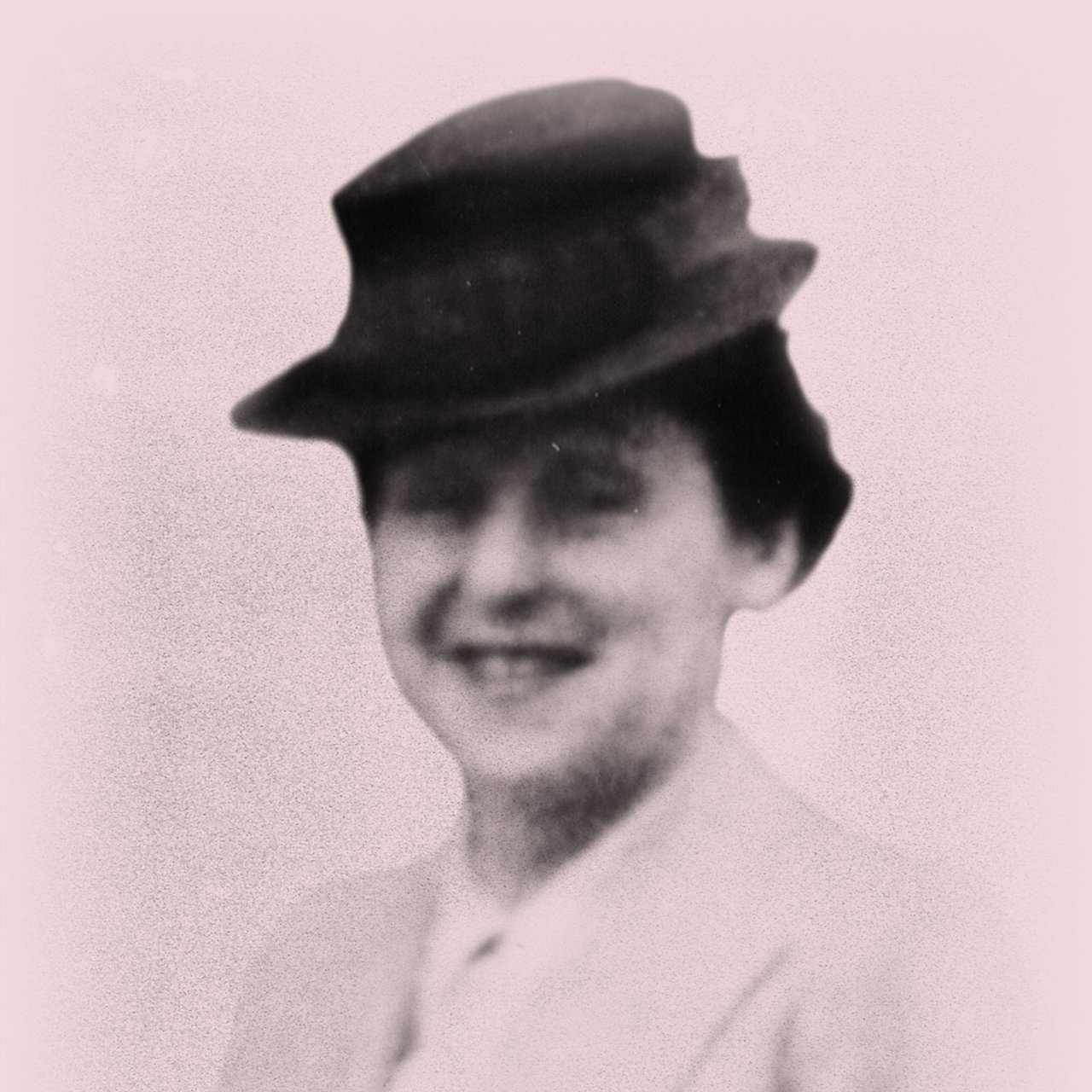Auguste Röttgen married Hermann van Pels in 1925. Through her marriage, she acquired Dutch nationality. The couple settled in the German city of Osnabrück, where Hermann's family lived. In November 1926, Peter was born their first and only child.
Auguste and Hermann were deeply concerned about the rise of antisemitism. They no longer saw a future in Nazi Germany and in 1937 decided to move to the Netherlands.
In Amsterdam, they found a house in the same neighbourhood as the Franks. It is unclear how the two families met. However, we do know that Hermann joined Otto Frank’s company as a herbalist. Auguste ran the household. She also took care of their boarders they had taken in to earn some extra money.
